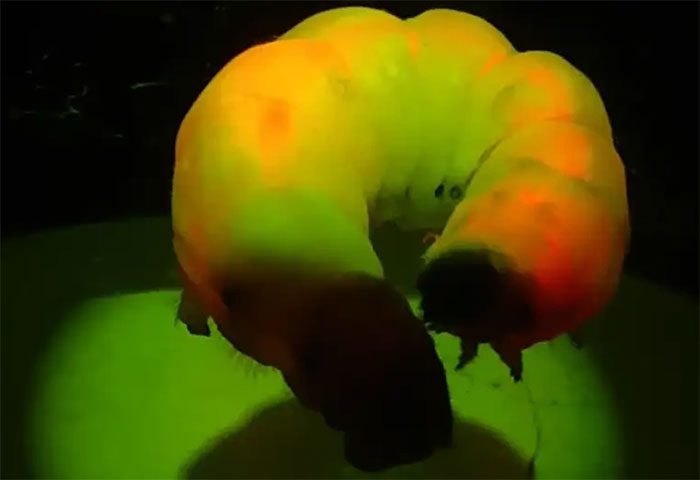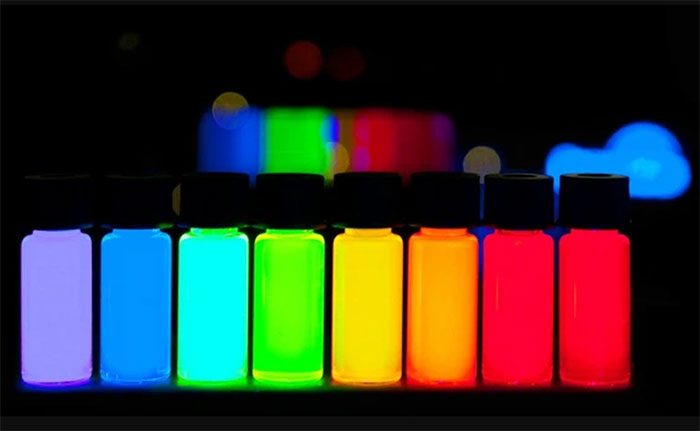Through quantum technology, scientists have successfully created glowing silkworms in a completely natural way.
Recently, a group of Chinese scientists working at Fudan University in Shanghai successfully developed brilliantly glowing silkworms resembling lanterns.
Interestingly, not only do the silkworms glow, but their cocoons, pupae, and silk can also exhibit the same luminescence. Even when the silkworms mature into moths, these moths will also emit light.


Multiple colors can be combined to make the quantum silkworm change to the desired state.
To achieve this, scientists extracted carbon from mulberry leaves—the food of silkworms—and then created quantum dots from that carbon, measuring just a few nanometers.
The result is that when light shines on a quantum dot, it pushes the electron of that dot to a higher state, leading to energy accumulation. When the electron drops back down, it releases energy in the form of light, resulting in luminescence.
Previously, to create glowing silkworms, scientists had to use gene editing technology. However, this process is very costly, and the mutations can be inherited, potentially harming the next generation of silkworms.
In contrast, quantum silkworms are very easy to adapt and cost-effective, as they only need to eat a special type of food. Initial results show that this method is straightforward and achieves excellent biocompatibility.
According to researchers, glowing silkworms could be effectively and highly valuable in biomedical research or the textile industry, as their silk can be easily seen with the naked eye.


















































